
Owning a DSLR camera provides many different camera lens options for you. So, it can be overwhelming knowing what lens to use for specific situations and purposes. You may be a product photographer or just someone using a camera as a hobby. In this blog, we will provide helpful advice in helping you choose between your wide-angle and your telephoto. Once you understand more about different lenses, you will understand which lens best suits your needs.
Real product photography is about depth of feeling, not depth of field.
MO STUDIOS
Camera Lenses Focal Length
Firstly, we have the camera lens focal length. The focal length determines the angle of view provided by a particular lens. Prime lenses are single focal length lenses; for example, a lens may be 70mm only. Zoom lenses offer more versatility for photographers. For example, using your zoom lens at 24mm is a good choice for capturing wide angled scenes, ideal for landscape shots. On the other hand, using your zoom lens at 70mm will be preferred for portrait photography.
Wide Angle lenses have a focal length of 50mm or less. They are usually used for landscape or interior photography as they allow a nice broad view. Standard lenses are around 50mm-60mm focal length. 50mm-60mm lenses are suitable for portraiture, street photography, videography or photojournalism as they have a similar perspective to the human eye. Finally, telephoto lenses consist of anything with a focal length of over 70mm. Telephoto lens’s primary uses are portraits, jewellery photography, and general use are.
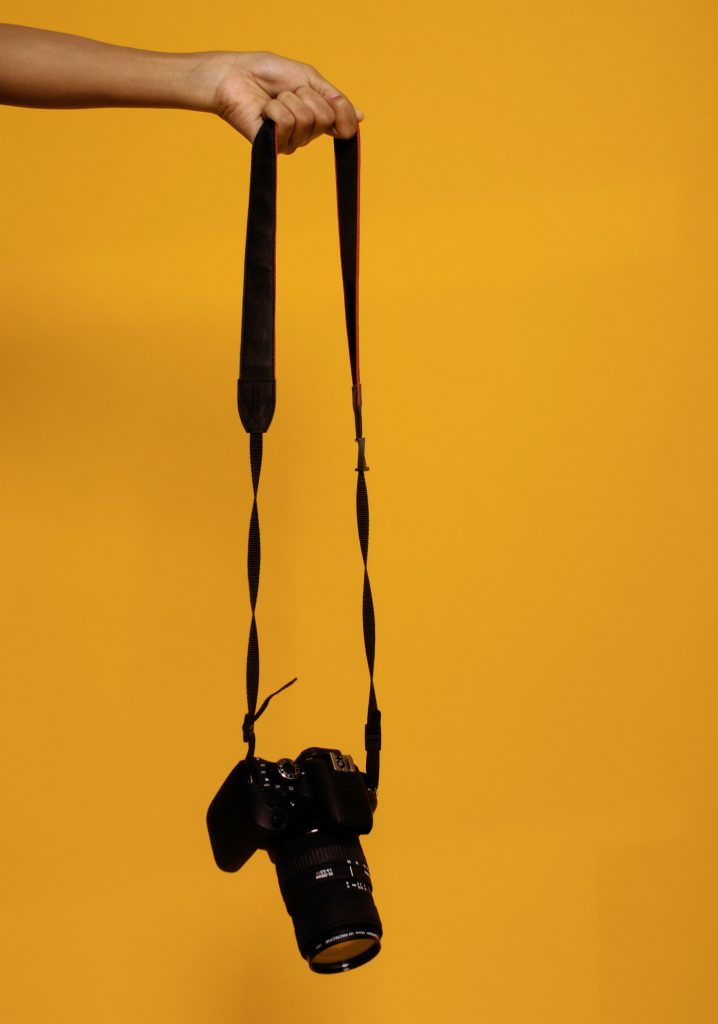
Aperture
Another essential thing to consider when choosing a camera lens is the aperture. If taking photos indoors or in a low light environment, such as wedding photography, having a wide aperture is essential to ensure enough light is available. In addition, aperture helps determine the depth of field or how much your image is in sharp focus. Small apertures are best used for landscape photography or when there is a lot of bright sunlight available. Smaller apertures are worth using for creative effects like soft focus and bokeh. A small aperture is also suitable for photography in low light conditions.
Different Brands Of Camera Lens
Many camera manufacturers will only support their brand of camera lenses. So, for example, a Canon camera body can only support Canon lenses, just as a Nikon will only support Nikon lenses. However, you can purchase adaptors that allow you to swap camera lenses, although it is advisable to use the same lens brand for your particular camera body.
Another thing to consider when choosing your camera lens is the type of sensor within the camera body. A professional camera system has a similar sensor as a 35mm film, a full-frame sensor. Smaller, more affordable camera models have a smaller sensor, known as a crop sensor. Using a full-frame lens on a full-frame camera will produce similar results to a 35mm film camera. As a result, a 50mm lens on a full-frame body will produce the same effect as a 35mm SLR film camera. However, using the same lens on a crop sensor will cause some clipping to appear on the image.
We hope this blog has provided some of the answers you may have been looking for when it comes to choosing your lenses. It is important to remember that a camera lens is more likely to last a lot longer than a camera body can. (More on useful equipment here)This is because technology moves at an increased rate, so camera lenses improve considerably over time. Despite this, a lens of good quality will last you for life, so wherever possible, it is worth investing in a few good quality lenses suitable for your particular style of photography.
Read more of our photography blogs here
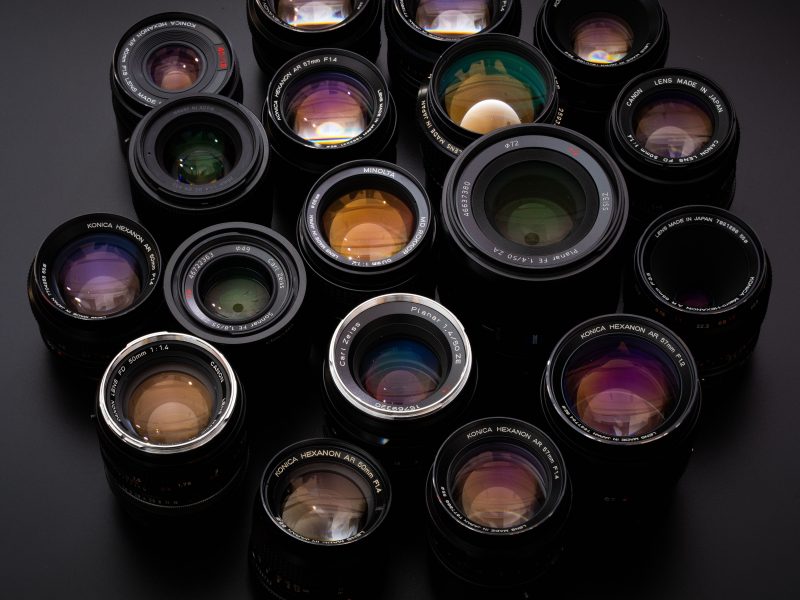
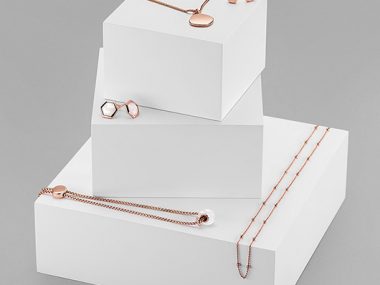


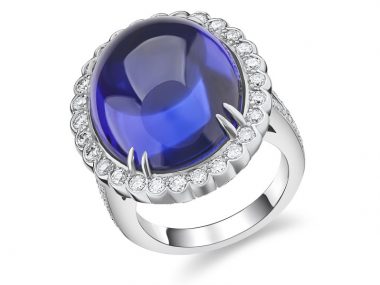

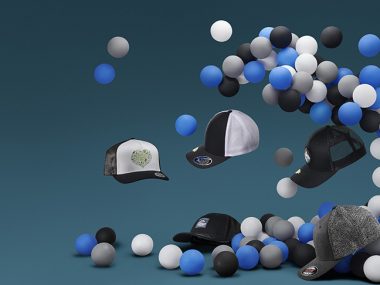
1 comment